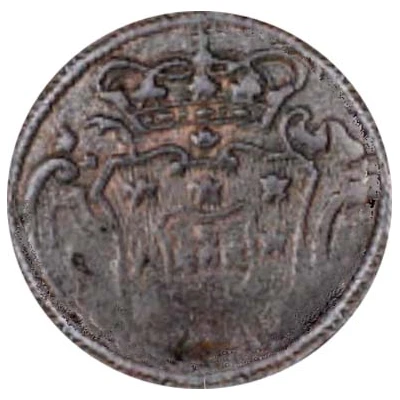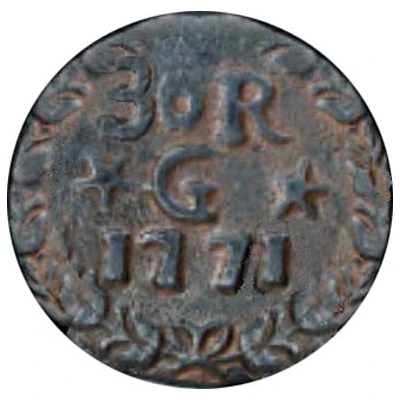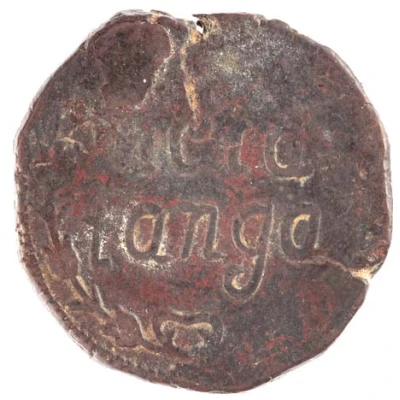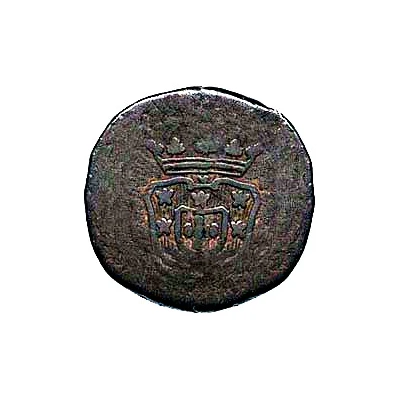
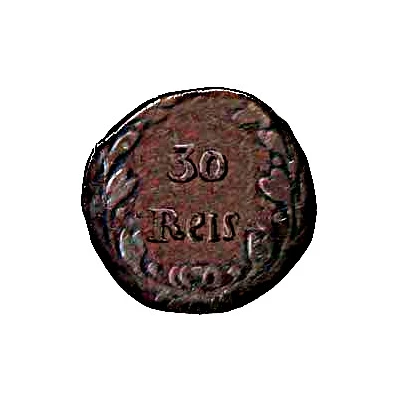

30 Réis "½ Tanga"- José Goa ND
| Copper | 20 g | 33 mm |
| Issuer | Portuguese India |
|---|---|
| King | José I (1750-1777) |
| Type | Standard circulation coin |
| Years | 1760-1762 |
| Value | 30 Réis = ½ Tanga (1⁄20) |
| Currency | Rupia (1706-1880) |
| Composition | Copper |
| Weight | 20 g |
| Diameter | 33 mm |
| Shape | Round |
| Technique | Hammered |
| Demonetized | Yes |
| Updated | 2024-10-05 |
| Numista | N#49252 |
|---|---|
| Rarity index | 100% |
Reverse
Script: Latin
Lettering:
30
Reis
Comment
The above pict is a PhotoShop work and might not be 100% correctInteresting fact
One interesting fact about the Standard circulation coin 30 Réis "½ Tanga"- José (Goa) ND (1760-1762) from Portuguese India made of Copper weighing 20 g is that it was used as a form of currency in the Portuguese colony of Goa, which is now a state in western India. The coin was issued during the reign of King José I of Portugal and was used for everyday transactions, such as buying goods and services. Despite its small denomination, the coin was made of copper, which was a valuable metal at the time, and it weighed 20 grams, making it a substantial coin for its size. Today, this coin is a rare and valuable collector's item, sought after by numismatists and historians interested in the history of currency and trade in the region.
